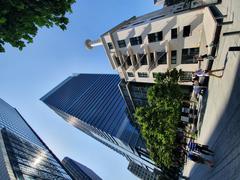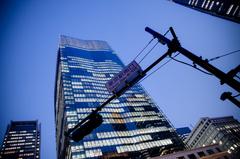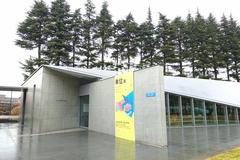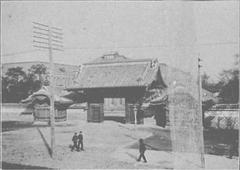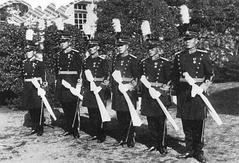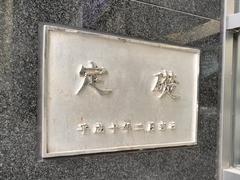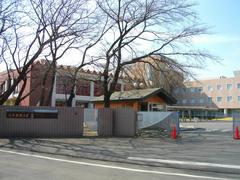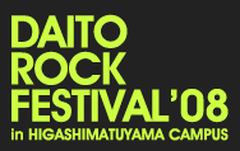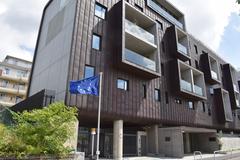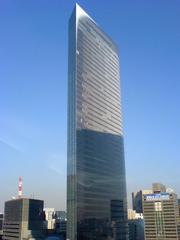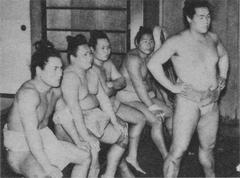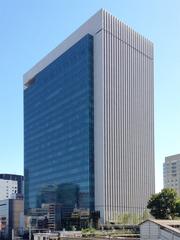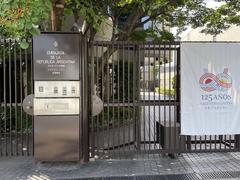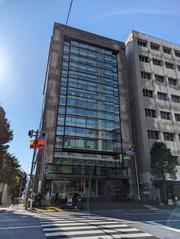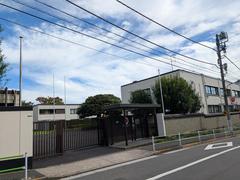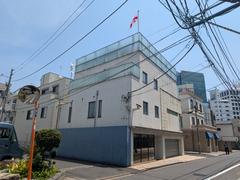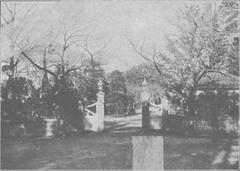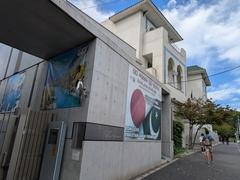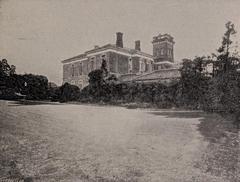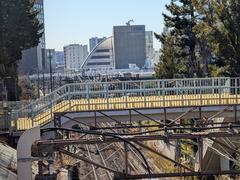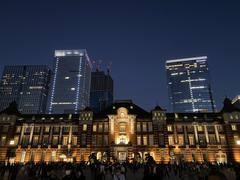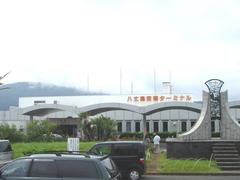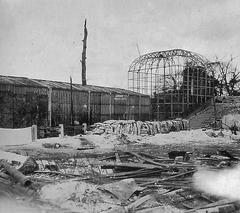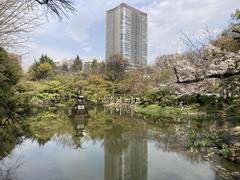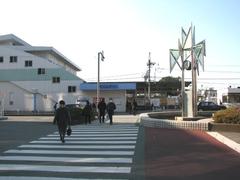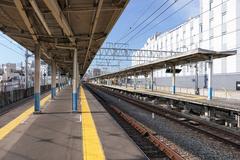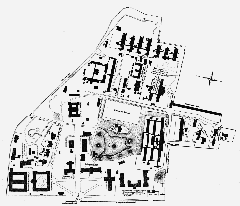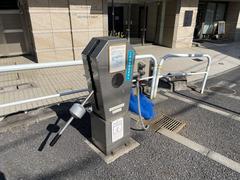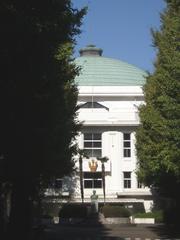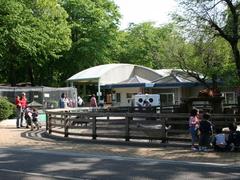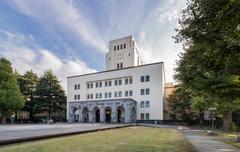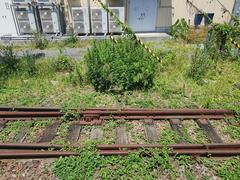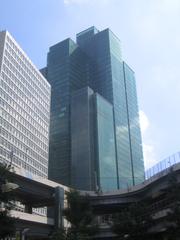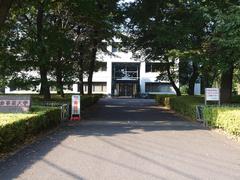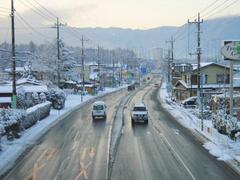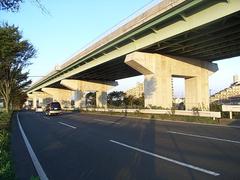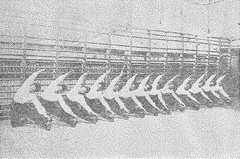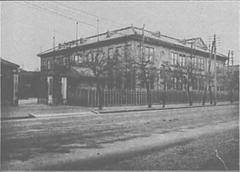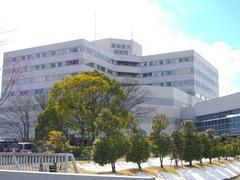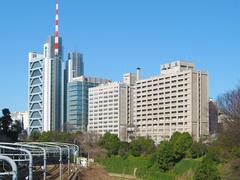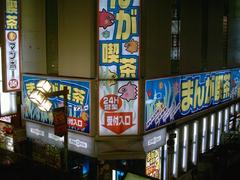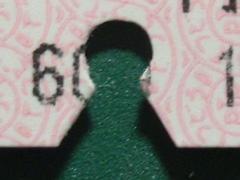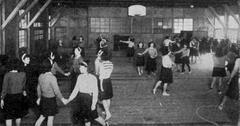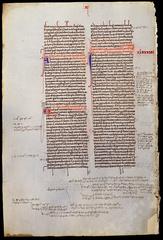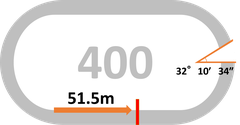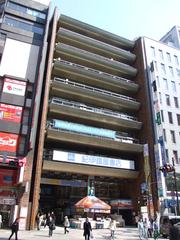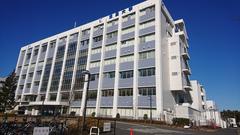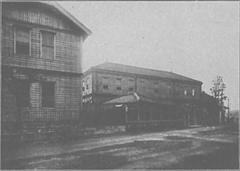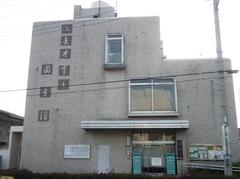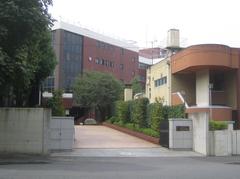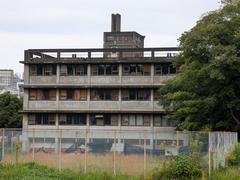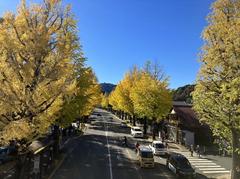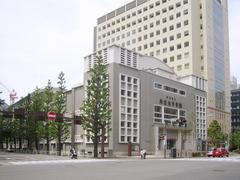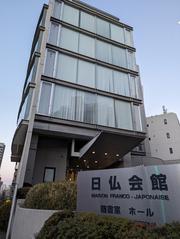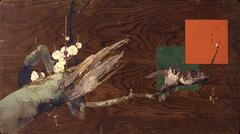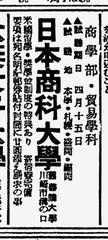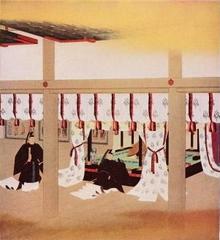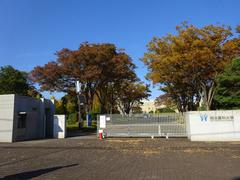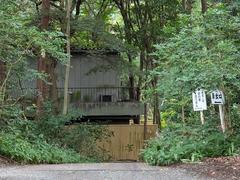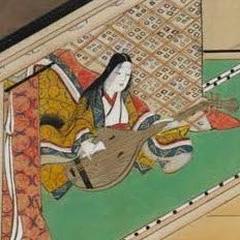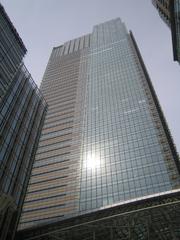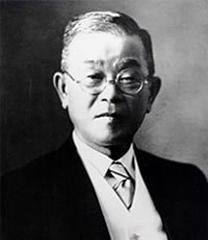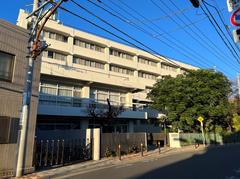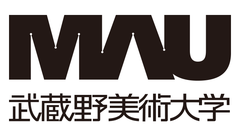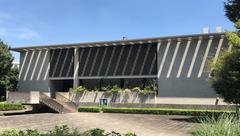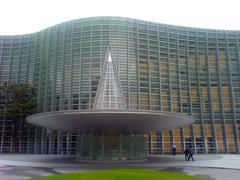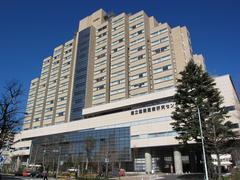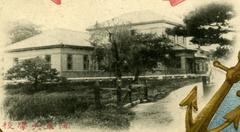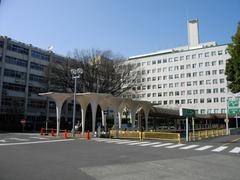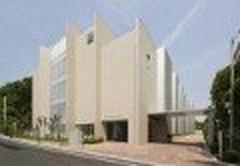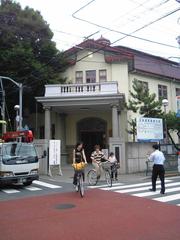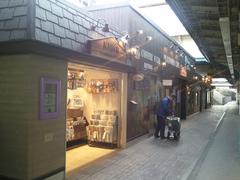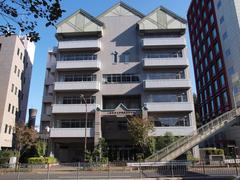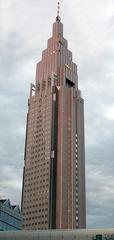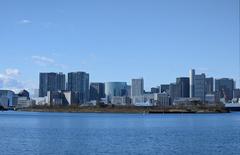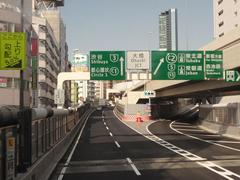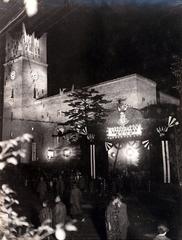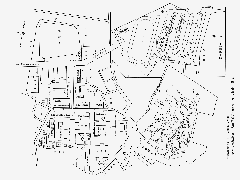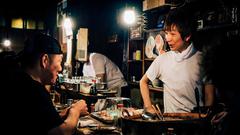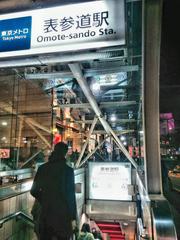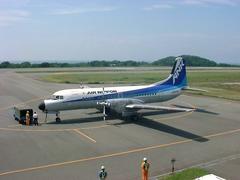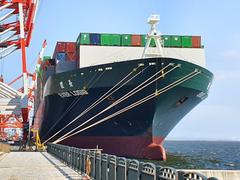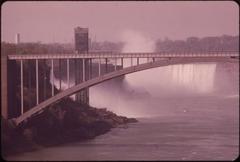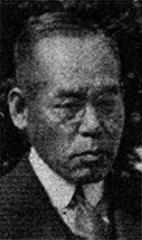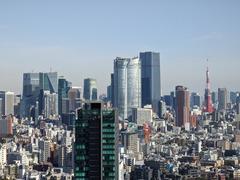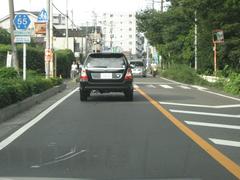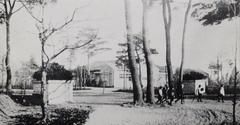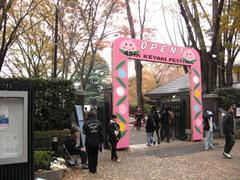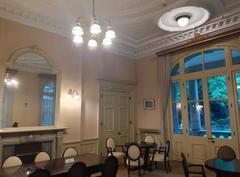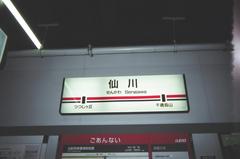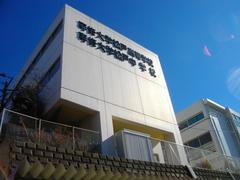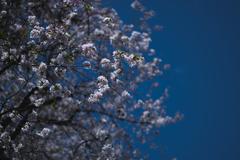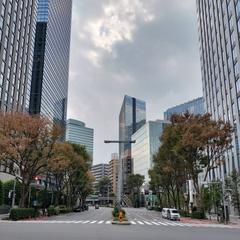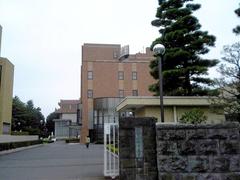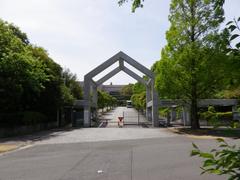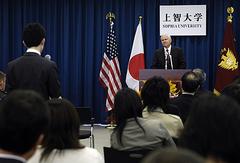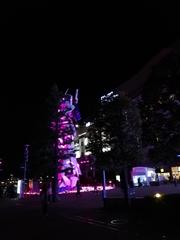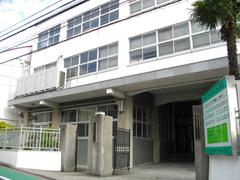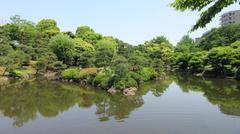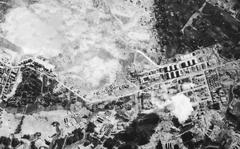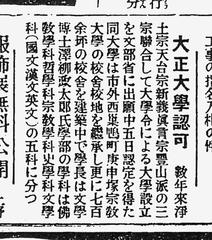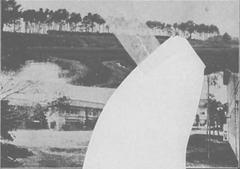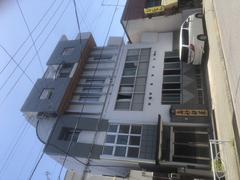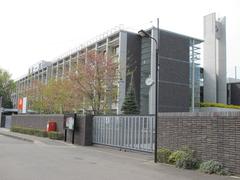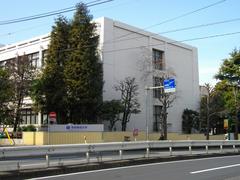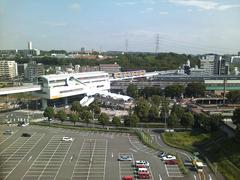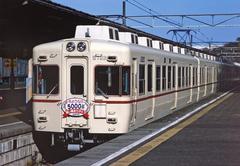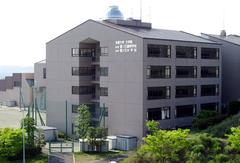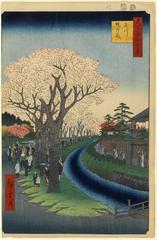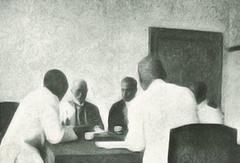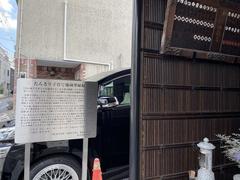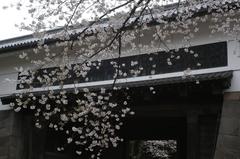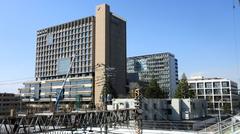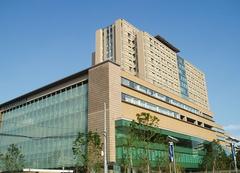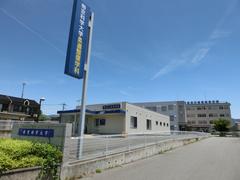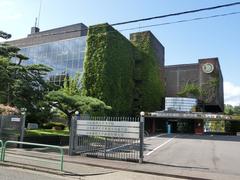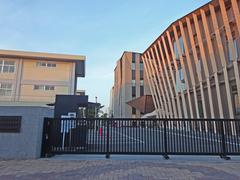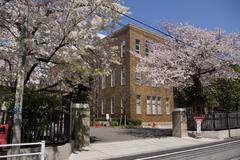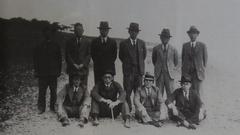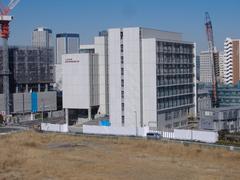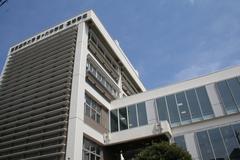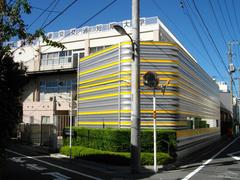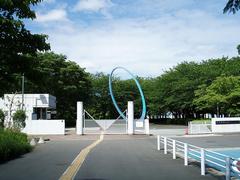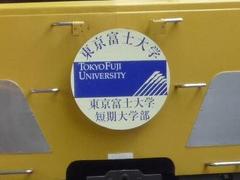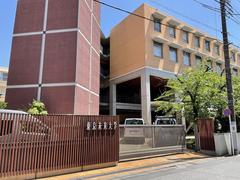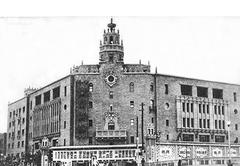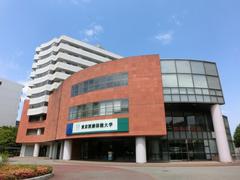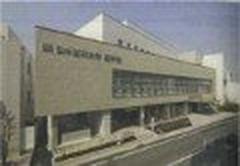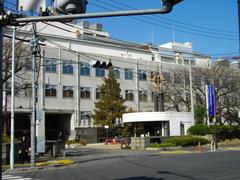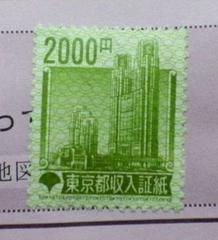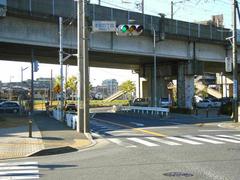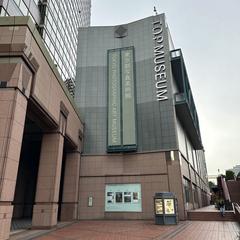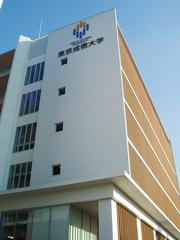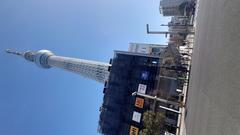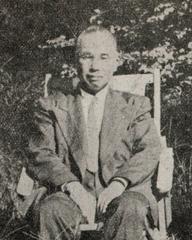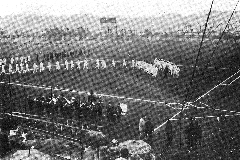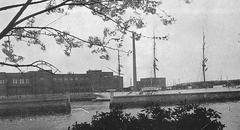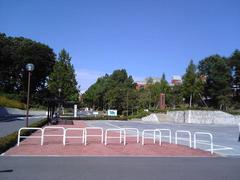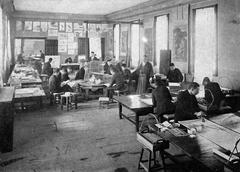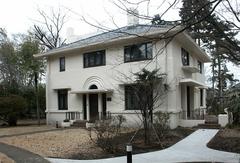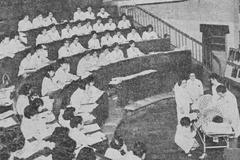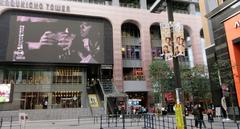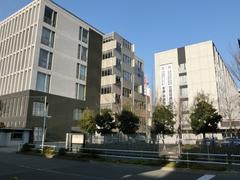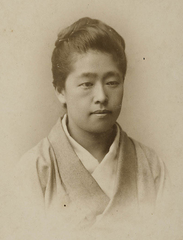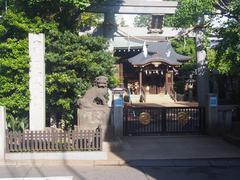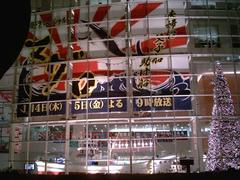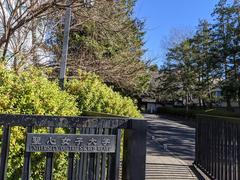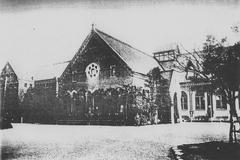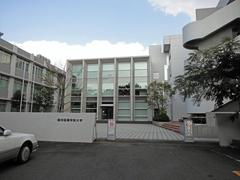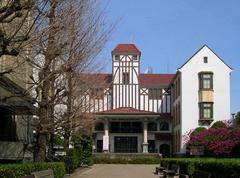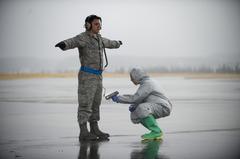
Comprehensive Guide to Visiting Tokyo Tower, Tokyo, Japan
Date: 17/08/2024
Introduction
Tokyo Tower, an iconic symbol of Japan’s post-war rebirth and modernization, stands as a testament to the country’s resilience and technological advancements. Conceived during the 1950s, a period marked by rapid economic growth, Tokyo Tower was designed to serve as a central broadcasting tower for the Kantō region. Inspired by the Eiffel Tower in Paris, Japanese architect Tachū Naitō and the engineering firm Nikken Sekkei Ltd. created a lattice steel structure capable of withstanding earthquakes and typhoons (Wikipedia). Since its completion in 1958, the tower has been a significant cultural landmark, offering panoramic views of Tokyo and even Mount Fuji on clear days (Holiday Landmark). This guide aims to provide a comprehensive overview of Tokyo Tower’s history, visitor information, and cultural significance, ensuring a memorable experience for all visitors.
Table of Contents
- [Tokyo Tower: Visiting Hours, Tickets, History, and More](#tokyo-tower-visiting-hours-tickets-history-and-moretokyo-tower-visiting-hours-tickets-history-and-more)
- [Introduction](#introductionintroduction)
- [Origins and Construction](#origins-and-constructionorigins-and-construction)
- [Opening and Early Years](#opening-and-early-yearsopening-and-early-years)
- [Visitor Information](#visitor-informationvisitor-information)
- [Broadcasting and Technological Advancements](#broadcasting-and-technological-advancementsbroadcasting-and-technological-advancements)
- [Renovations and Modernization](#renovations-and-modernizationrenovations-and-modernization)
- [Cultural Significance and Legacy](#cultural-significance-and-legacycultural-significance-and-legacy)
- [FAQ](#faqfaq)
- [Conclusion](#conclusionconclusion)
Tokyo Tower: Visiting Hours, Tickets, History, and More
Introduction
Tokyo Tower, a symbol of Japan’s post-war rebirth, offers breathtaking views, rich history, and modern amenities. Discover the visiting hours, ticket prices, and all you need to know about this iconic landmark.
Origins and Construction
Tokyo Tower, officially known as ‘Nippon Denpatō’ (Japan Radio Tower), was conceived during Japan’s post-war boom in the 1950s. The need for a large broadcasting tower arose when NHK, Japan’s public broadcasting station, began television broadcasting in 1953. The rapid growth of private broadcasting companies soon followed, leading to a proliferation of transmission towers across Tokyo. To avoid cluttering the cityscape with multiple towers, the Japanese government decided to construct a single, tall tower capable of transmitting signals across the entire Kantō region (Wikipedia).
The design of Tokyo Tower was inspired by the Eiffel Tower in Paris. Renowned Japanese architect Tachū Naitō was tasked with the project, and he collaborated with the engineering firm Nikken Sekkei Ltd. The tower’s design incorporated a lattice steel structure, similar to its Parisian counterpart, but with modifications to withstand earthquakes and typhoons. The tower’s height was determined by the need to transmit signals over a distance of approximately 150 kilometers (Wikipedia).
Construction began in June 1957, with the Takenaka Corporation overseeing the project. The tower was built using steel, a third of which was sourced from scrap metal from U.S. tanks damaged during the Korean War. The construction involved hundreds of traditional Japanese construction workers known as ‘tobi,’ who specialized in high-rise structures. The tower was completed on October 14, 1958, when the 90-meter-long antenna was bolted into place, making Tokyo Tower the tallest freestanding tower in the world at that time, surpassing the Eiffel Tower by nine meters (Wikipedia).
Opening and Early Years
Tokyo Tower was officially opened to the public on December 23, 1958. The final cost of construction was ¥2.8 billion (approximately $8.4 million in 1958). The tower’s height of 333 meters (1,092 feet) made it the tallest structure in Japan until the completion of the Tokyo Skytree in 2012. The tower was painted white and international orange to comply with air safety regulations (Wikipedia).
In its early years, Tokyo Tower served as a symbol of Japan’s post-war recovery and modernization. It quickly became a popular tourist attraction, drawing millions of visitors each year. The tower’s two observation decks, the Main Deck at 150 meters and the Top Deck at 250 meters, offered panoramic views of Tokyo and its surroundings. On clear days, visitors could even catch a glimpse of Mount Fuji (Holiday Landmark).
Visitor Information
- Visiting Hours: Tokyo Tower is open daily from 9:00 AM to 11:00 PM.
- Ticket Prices: Main Deck - ¥1,200, Top Deck - ¥3,000. Combination tickets are available.
- Travel Tips: It’s best to visit early in the morning or late evening to avoid crowds. Consider purchasing tickets online to skip the queue.
- Nearby Attractions: Zojoji Temple, Roppongi Hills, and the Shiba Park.
- Accessibility: The tower is wheelchair accessible with ramps and elevators available.
Broadcasting and Technological Advancements
Tokyo Tower was initially built to cater to the growing demand for television broadcasting. In 1961, additional transmission antennae were added to the tower to support radio and television broadcasting for various Japanese media outlets, including NHK, TBS Television, and Fuji Television. The tower played a crucial role in the development of Japan’s broadcasting infrastructure during the 1960s and 1970s (Wikipedia).
However, as technology advanced and the demand for digital broadcasting grew, the height of Tokyo Tower became insufficient for the planned terrestrial digital broadcasting in the Tokyo area. To address this issue, a taller digital broadcasting tower, known as Tokyo Skytree, was constructed and completed on February 29, 2012. Despite this, Tokyo Tower continues to serve as an active broadcasting facility and remains an iconic landmark in Tokyo (Wikipedia).
Renovations and Modernization
Over the years, Tokyo Tower has undergone several renovations to maintain its structural integrity and enhance its appeal to visitors. Every five years, the tower is repainted in a process that takes about a year to complete. The next scheduled repainting is set for 2024 (Wikipedia).
In recent years, the tower’s observation decks have been refurbished to offer a more modern and immersive experience. The Top Deck, in particular, has been transformed into a luxurious space with mirrored interiors that create a stunning visual effect. Visitors can enjoy welcome drinks, audio guides available in 13 languages, and photo services while taking in the breathtaking views of Tokyo (Japan Wonder Travel).
Cultural Significance and Legacy
Tokyo Tower holds a special place in the hearts of both locals and tourists. It symbolizes Japan’s resilience and rapid economic growth following the devastation of World War II. The tower’s bright red color and distinctive design make it a prominent feature of Tokyo’s skyline, both day and night. It has become a beloved icon of the city and frequently appears in various forms of media, including films, television shows, and anime (Tsunagu Japan).
Despite being surpassed in height by the Tokyo Skytree, Tokyo Tower continues to attract millions of visitors each year. Its historical significance, coupled with its modern amenities and stunning views, ensures that it remains a must-visit destination for anyone exploring Tokyo. The tower’s FootTown, a five-story building at its base, offers a variety of shops, restaurants, and entertainment options, making it a family-friendly destination (Japan Travel Planning).
FAQ
- What are the Tokyo Tower visiting hours? Tokyo Tower is open daily from 9:00 AM to 11:00 PM.
- How much does it cost to visit Tokyo Tower? Tickets for the Main Deck are ¥1,200, and for the Top Deck, they are ¥3,000.
Conclusion
Tokyo Tower’s rich history, architectural brilliance, and cultural significance make it an enduring symbol of Tokyo’s post-war rebirth and modernization. From its construction in the 1950s to its role as a broadcasting hub and tourist attraction, the tower has played a vital role in shaping Tokyo’s skyline and identity. As it continues to evolve and adapt to the changing times, Tokyo Tower remains a testament to Japan’s resilience and innovation. Plan your visit to Tokyo Tower today! For the latest updates, download our mobile app Audiala, check out our other related posts, or follow us on social media.
References
- Wikipedia. (n.d.). Tokyo Tower. Retrieved August 17, 2024, from https://en.wikipedia.org/wiki/Tokyo_Tower
- Holiday Landmark. (n.d.). Tokyo Tower: A Comprehensive Tourist Guide. Retrieved August 17, 2024, from https://www.holidaylandmark.com/blog/tokyo-tower-a-comprehensive-tourist-guide/
- Japan Wonder Travel. (n.d.). Complete Guide to Tokyo Tower. Retrieved August 17, 2024, from https://blog.japanwondertravel.com/complete-guide-to-tokyo-tower-20589
- Tsunagu Japan. (n.d.). All About Tokyo Tower. Retrieved August 17, 2024, from https://www.tsunagujapan.com/all-about-tokyo-tower/
